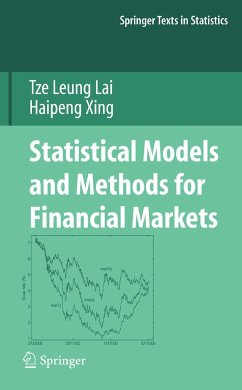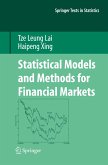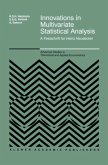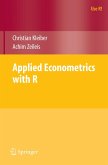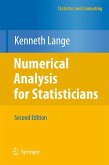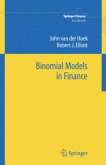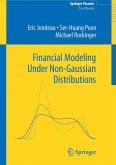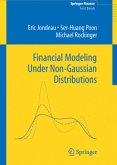The idea of writing this bookarosein 2000when the ?rst author wasassigned to teach the required course STATS 240 (Statistical Methods in Finance) in the new M. S. program in ?nancial mathematics at Stanford, which is an interdisciplinary program that aims to provide a master's-level education in applied mathematics, statistics, computing, ?nance, and economics. Students in the programhad di?erent backgroundsin statistics. Some had only taken a basic course in statistical inference, while others had taken a broad spectrum of M. S. - and Ph. D. -level statistics courses. On the other hand, all of them had already taken required core courses in investment theory and derivative pricing, and STATS 240 was supposed to link the theory and pricing formulas to real-world data and pricing or investment strategies. Besides students in theprogram,thecoursealso attractedmanystudentsfromother departments in the university, further increasing the heterogeneity of students, as many of them had a strong background in mathematical and statistical modeling from the mathematical, physical, and engineering sciences but no previous experience in ?nance. To address the diversity in background but common strong interest in the subject and in a potential career as a "quant" in the ?nancialindustry,thecoursematerialwascarefullychosennotonlytopresent basic statistical methods of importance to quantitative ?nance but also to summarize domain knowledge in ?nance and show how it can be combined with statistical modeling in ?nancial analysis and decision making. The course material evolved over the years, especially after the second author helped as the head TA during the years 2004 and 2005.
From the reviews:"This book presents a comprehensive overview of how statistics can be used to solve problems in quantitative finance. The breadth and depth of the topics covered is impressive.... The authors have succeeded in writing a book that bridges the gap between theory and practice in financial markets.... how this book links finance theory to market practice via statistical modeling makes it original and fresh. As a result the book reflects the power of the intergrarion of financial and statistical methods in finance." (Lasse Koskinen, International Statistical Review, 2009, 77, 1)"The book is divided into two parts: the first part introduces basic statistical methods and financial applications. ... Part two deals with advanced topics in quantitative finance. ... The book is not only useful for financial market economists, but, due to the wide range of special topics in the second part, also for students in the fields of engineering, mathematics, and statistics." (Herbert S. Buscher, Zentralblatt MATH, Vol. 1149, 2008)"This text by Lai and Zing was completed as the tumult of 2008 was unfolding, but its methods are...timeless, and future students and teachers can benefit in better times from the clear and cohesive exposition that this text provides. ...a useful text that anyone who teaches this material will want to consider. The list of topics covered is remarkably extensive; the exposition is always compact-and often quite elegant. ..." ((Journal of the American Statistical Association, September 2009, Vol. 104, No. 487)

